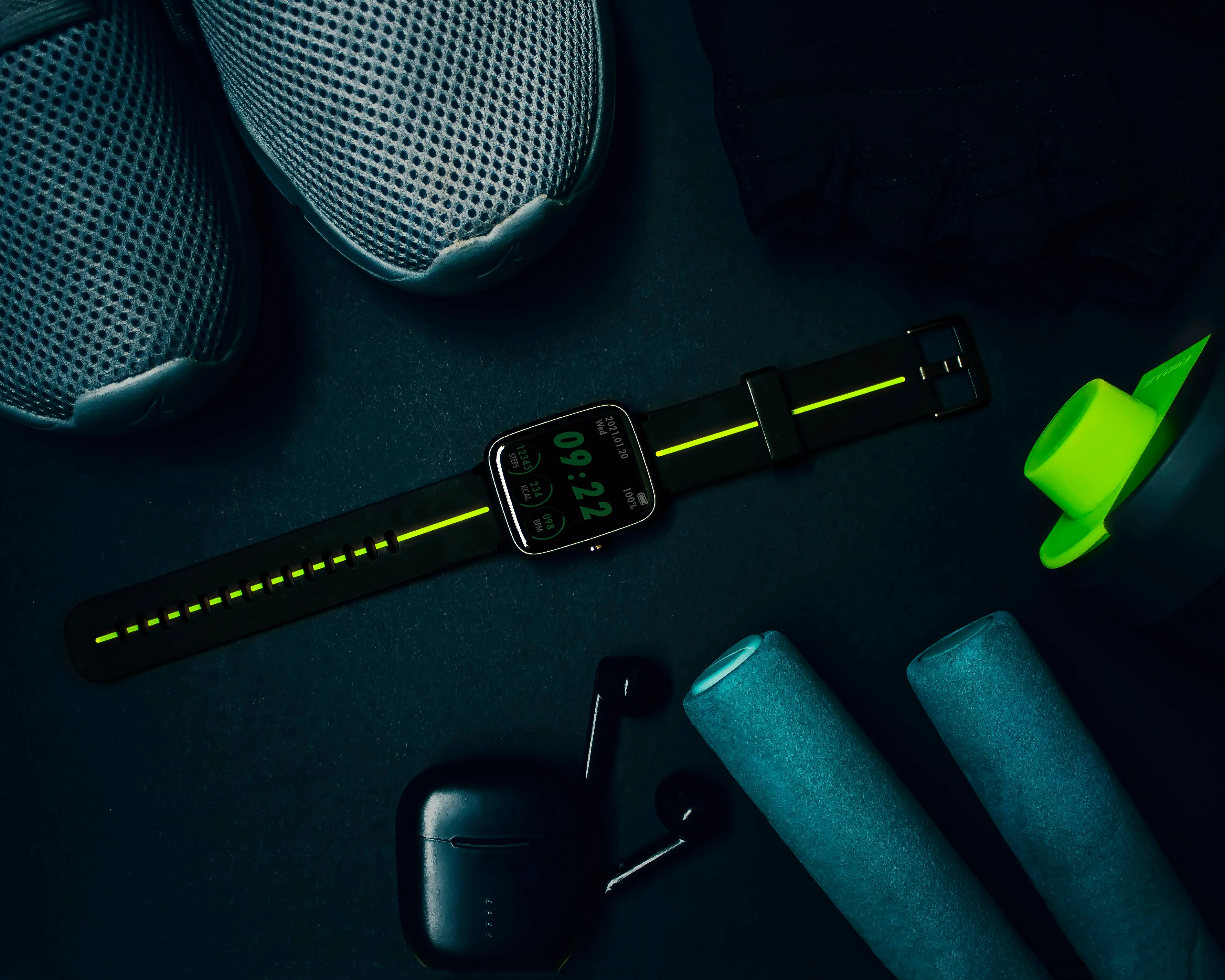Trending about Medical Diagnosis & Procedures


how to
How to Perform a Full HEENT Exam on a Patient


how to
How to Set Up an Alaris Infusion Pump in Nursing


how to
How to Perform a Testicular Self Exam


























Featured On WonderHowTo:
Productivity & Shortcuts






Featured On WonderHowTo:
Music & Audio








Featured On WonderHowTo:
Augmented Reality








Featured On WonderHowTo:
Gaming














































































































































































































